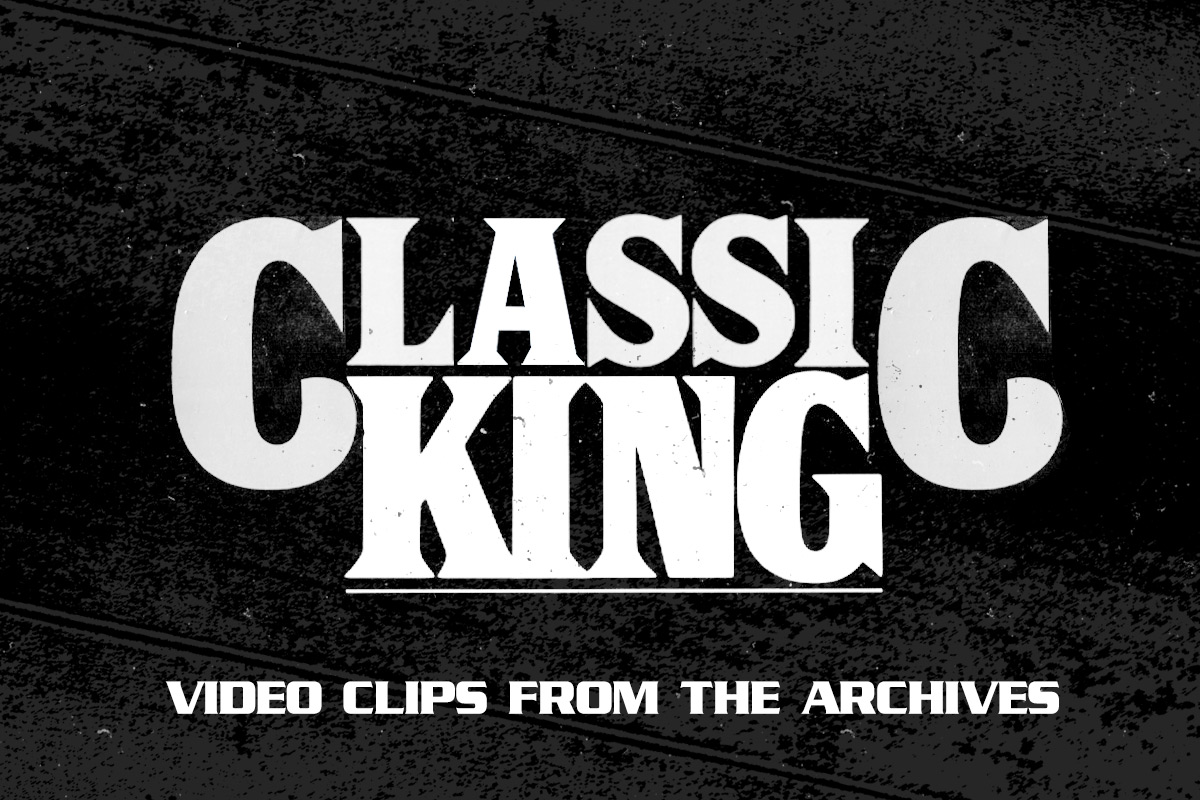Scribner's new strategy for Galley's
Posted: April 11, 2006, 00:09
_
Next Monday at sales conference, Simon & Schuster sales reps will be introduced to Stephen King's October release LISEY'S STORY, along with Scribner's new strategy for presenting the galley to the trade. With this experiment, Scribner publisher Susan Moldow tries to take on the vexing issue of how to give "an author's first line of supporters a chance to read a new work early and build the word of mouth on which we all depend," without unduly fueling a pre-publication black market in the work.
Scribner's approach is made clear as soon as you see the cover. The design does not mimic the book's jacket, so there will be no confusing this with the book itself; instead it elegantly superimposes a letter from Moldow on top of large gray letters that read "Not For Sale."
Moldow notes that for years the publisher has been "stingy" with galleys of King's book, because "a number of recipients seemed to be more interested in selling these copies long in advance of publication than they were in reading the book." As she carefully explains, that practice is "categorically unfair" to many different parties--from the author and the publisher to "those die-hard fans who chose not to profit personally." But limiting galleys for big authors was also "unsatisfactory," for a variety of reasons.
So this time out, driven by special enthusiasm for King's "powerful and artistically ambitious" new book (already sporting enthusiastic quotes from Michael Chabon and Nicholas Sparks), Scribner is spreading "a generous number" of their galleys. And Muldow's letter comes complete with a respectful request for what to do with the galley when the reader is finished (or if they are uninterested).
Dedicated profiteers may still have their way with a small number of copies, but at least no one can say they didn't know what the author and publisher intended. And maybe Lunch readers can help spread the message, and respect for the process, that Scribner is hoping for.
It could be seen as self-serving if we applauded too loudly for what Scribner is trying to accomplish, since Moldow generously notes this experiment was inspired by our series of suggestions last June about how to present galleys (following complaints from accounts that Morrow's limited/numbered proofs of Neil Gaiman's Anansi Boys was leaving them out). But we're less interested in credit than in progress to everyone's benefit.
A larger theme, in last June's story and in many of our other suggestion/soapbox interludes, is that even though we are in the communication business, many of our most important messages--within the trade and to our customers and readers--happen in traditional code rather than in straight-forward language and ways that address today's habits and challenges. Scribner's message is clear, genuine and respectful, and it would be great to see it treated in that spirit by recipients. Whether you apply this kind of fresh communication to your galleys, your jacket copy, your store merchandising and or any of the many other ways in which we try to communicate with readers, there's a lot of potential gain to be found.
Thanks to Bev Vincent.





